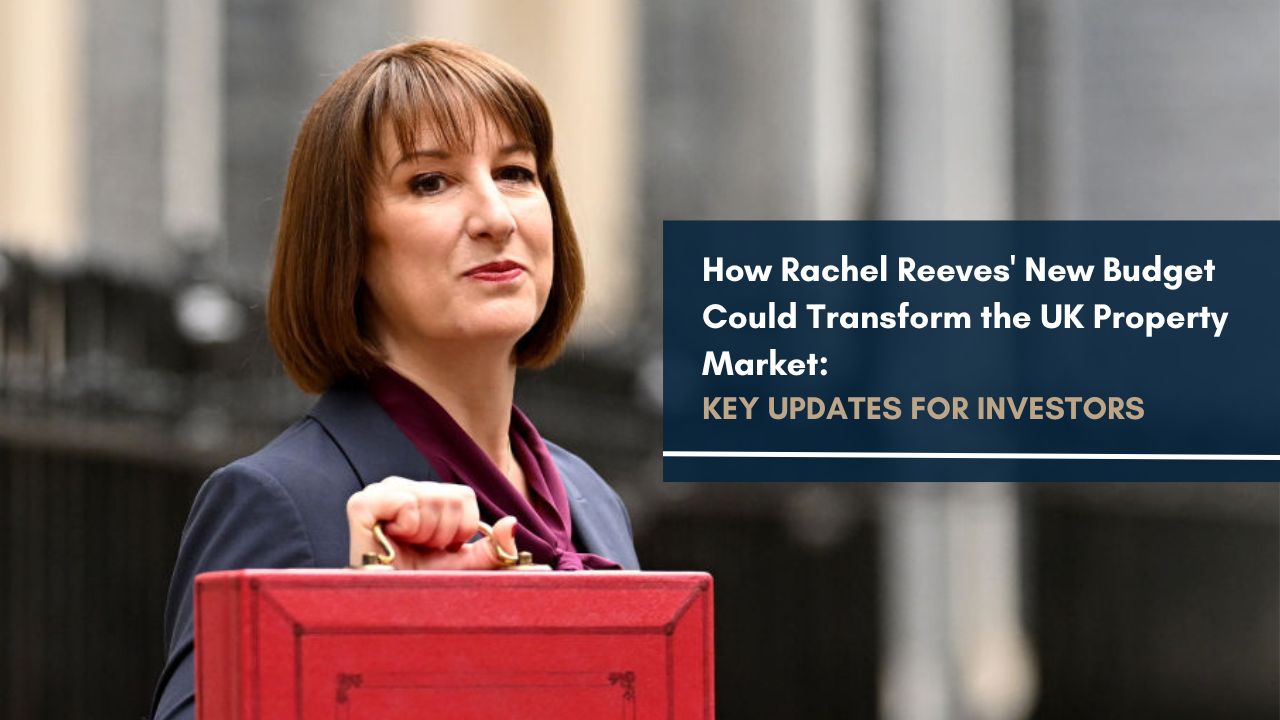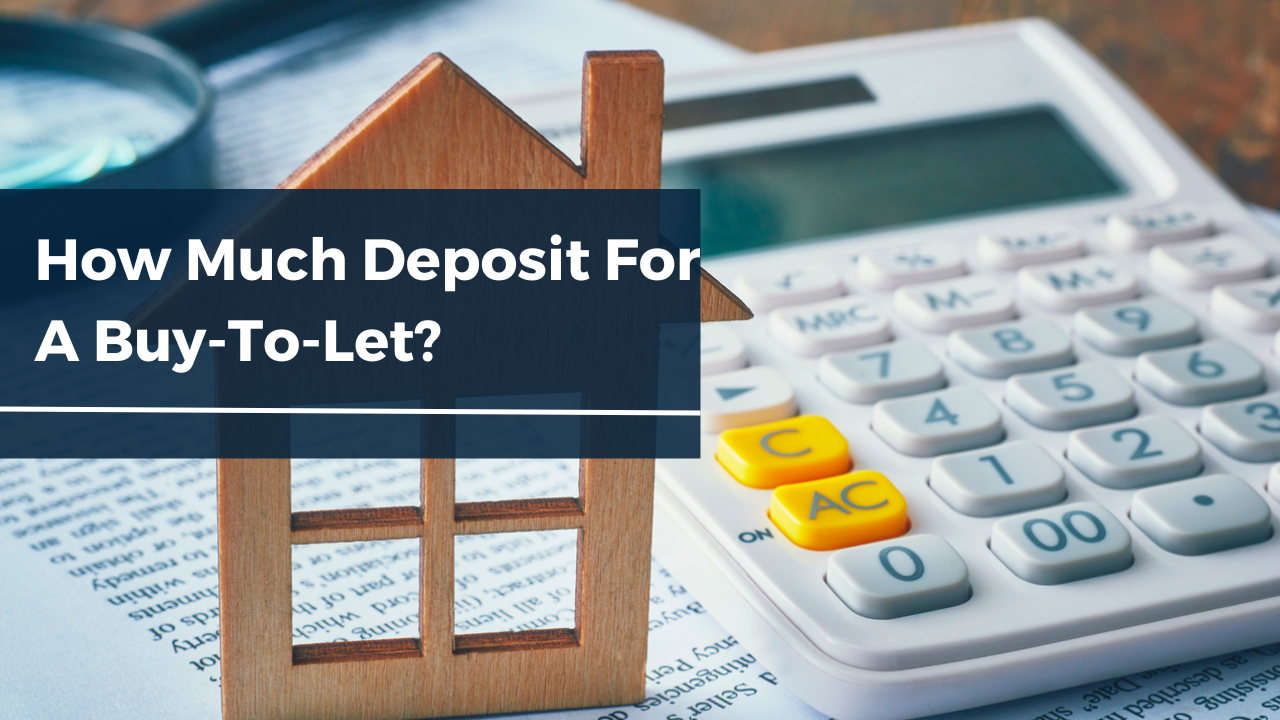The United Kingdom boasts a rich and fascinating history that spans over thousands of years, and the property market is no exception. From the early days of land ownership to the modern, complex real estate landscape, the evolution of the UK property market has been a rollercoaster ride. In this blog post, we will delve into the extraordinary history of the UK property market, highlighting its key moments and how it has shaped the way we invest in and perceive property today.
The Early Days: Feudalism and Land Ownership
The roots of the UK property market can be traced back to the feudal system that dominated the country during the Middle Ages. Under this system, land was owned by the Crown and distributed among the nobility, who in turn granted portions of their estates to their tenants. This hierarchy of land ownership persisted for centuries, with the vast majority of the population living as tenants with few property rights.
The Enclosure Movement
The Enclosure Movement, which took place between the 16th and 19th centuries, marked a significant shift in the UK property market. During this period, common land was divided and enclosed, transforming it into private property. This led to the displacement of many rural communities and paved the way for the modern concept of private land ownership. The Enclosure Movement also spurred the growth of urban areas, as people migrated to towns and cities in search of work and housing.
The Industrial Revolution
The Industrial Revolution, which began in the late 18th century, brought about rapid urbanization and the birth of the modern property market. As the population shifted from rural to urban areas, demand for housing soared, leading to the construction of terraced houses, back-to-back homes, and eventually, the development of the first suburbs. This period also saw the rise of property speculators, who would buy and sell land and properties for profit.
The 20th Century: Boom and Bust
The 20th century saw significant fluctuations in the UK property market, with periods of boom and bust. In the post-war years, the government embarked on ambitious social housing projects to accommodate the growing population. However, by the 1980s, the emphasis shifted towards homeownership, with policies such as Right to Buy and the deregulation of the mortgage market.
The early 21st century saw a property boom, with house prices soaring and a proliferation of buy-to-let investments. However, the global financial crisis of 2008 brought about a dramatic downturn in the market, leading to falling property values and a tightening of mortgage lending.
The 21st Century: The Modern UK Property Market
The UK property market has evolved considerably since the early days of land ownership and feudalism. Today, the market is characterized by a diverse range of property types, investment opportunities, and legislative frameworks.
One notable development in recent years is the rise of the private rental sector, driven by factors such as a shortage of affordable housing, changing demographics, and shifting attitudes towards homeownership. The government has also introduced various initiatives to stimulate the market, such as Help to Buy and stamp duty reforms.
Furthermore, the property market has become increasingly globalized, with overseas investors playing a significant role in shaping the UK’s real estate landscape, particularly in London.
A Positive Outlook for the Future
The UK property market has demonstrated remarkable resilience and adaptability over the years, overcoming various economic and political challenges while offering unique opportunities for property investors. Despite periods of market downturns, the long-term trend has been one of growth, with property values appreciating over time.
One key factor contributing to the resilience of the UK property market is the enduring demand for housing. The UK’s growing population, coupled with limited housing supply, has created a consistent demand for both rental properties and homeownership. This demand, in turn, underpins property values and rental income potential.
The UK property market also benefits from its diverse range of investment opportunities, spanning from buy-to-let properties in thriving urban centers to commercial real estate in emerging business hubs. This variety allows investors to diversify their portfolios, spreading risk across different asset types and geographical locations.
Furthermore, the UK government has played a significant role in supporting the property market through various policies and initiatives. These measures have included affordable housing schemes, tax incentives for property investors, and major regeneration projects aimed at revitalizing underdeveloped areas.
The combination of strong demand, diverse opportunities, and government support has made the UK property market a resilient and attractive option for investors. As we move forward, the market will continue to adapt to shifting trends and challenges, offering a wealth of opportunities for those looking to invest in property.



































